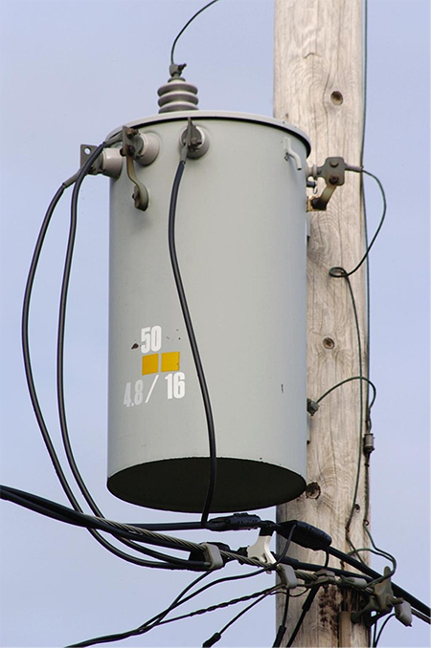
Posted April 22, 2024
By Matt Insley
Power Pinch
“Data centers [have] reached a breaking point due to massive power consumption,” says Paradigm’s chief technology expert Ray Blanco.
“Rapid growth in internet traffic and cloud computing has led to skyrocketing energy demands for data centers around the world,” he says.
“As more data is created, processed and stored, the power needed to operate massive banks of servers and infrastructure keeps increasing.
“According to the International Energy Agency, data center electricity requirements are projected to rise from 1% of total electricity demand to 8% by the end of the decade.
“And with new applications like high-definition video streaming, internet of things sensors and artificial intelligence becoming widespread, data center power usage just keeps escalating,” says Ray.
“This explosion of AI adoption is rapidly accelerating the computing power needed in data centers, with the computing power for AI systems doubling every two–four months,” he says.
“Ultimately, next-generation optical interconnect technology will need to play a major role in curbing power usage. Otherwise, data center expansion risks being seriously constrained by energy availability, costs and environmental impacts,” says Ray.
A problem that’s compounded by a particular supply-chain constraint…
Send your opinions to, feedback@newsyoucanacton.com
Your Rundown for Monday, April 22, 2024...
More than Meets the Eye…
The U.S. has been experiencing an ongoing transformer shortage.
Transformers, incidentally, are essential components of the power grid that convert high-voltage electricity from transmission lines to low-voltage electricity for consumers.
 Photo Courtesy: Wikimedia Commons by Glogger
Photo Courtesy: Wikimedia Commons by Glogger
A recent study by the National Renewable Energy Laboratory (NREL) attempts to quantify the long-term demand for transformers — a complex task, considering demand can be driven by factors such as weather events as well as aging infrastructure.
Then there’s this nugget about what’s also boosting demand for more transformers: “Increased load due to electrification is a result of increased electric vehicles, heat pumps and electric cooking, among other drivers.”
We can’t help but observe that each grid stressor the NREL names — EVs, heat pumps and electric ranges — is also a mainstay of the “green revolution.”
That said, the NREL estimates that the capacity load of distribution transformers may need to increase by 160–260% compared with 2021 levels.
To be clear, a transformer shortage has the potential to impact your energy accessibility, reliability and affordability.
Market Rundown for Monday, Apr. 22, 2024
The S&P 500 is up 0.35%, just under 5,000.
Oil is down 1.30% to $82.06 for a barrel of WTI.
Gold is down 2.70% to $2,347.20 per ounce.
And Bitcoin is up almost 2%, just under $66,000.
Send your comments and questions to, feedback@newsyoucanacton.com

Houthi Scholarships
Posted May 08, 2024
By Matt Insley

Basket Case
Posted May 06, 2024
By Matt Insley

Why Taxing Unrealized Gains is “Asinine”
Posted May 03, 2024
By Matt Insley

AI Frisks Baltimore High Schoolers
Posted May 01, 2024
By Matt Insley

Keys of the (Crypto) Kingdom
Posted April 29, 2024
By Matt Insley
